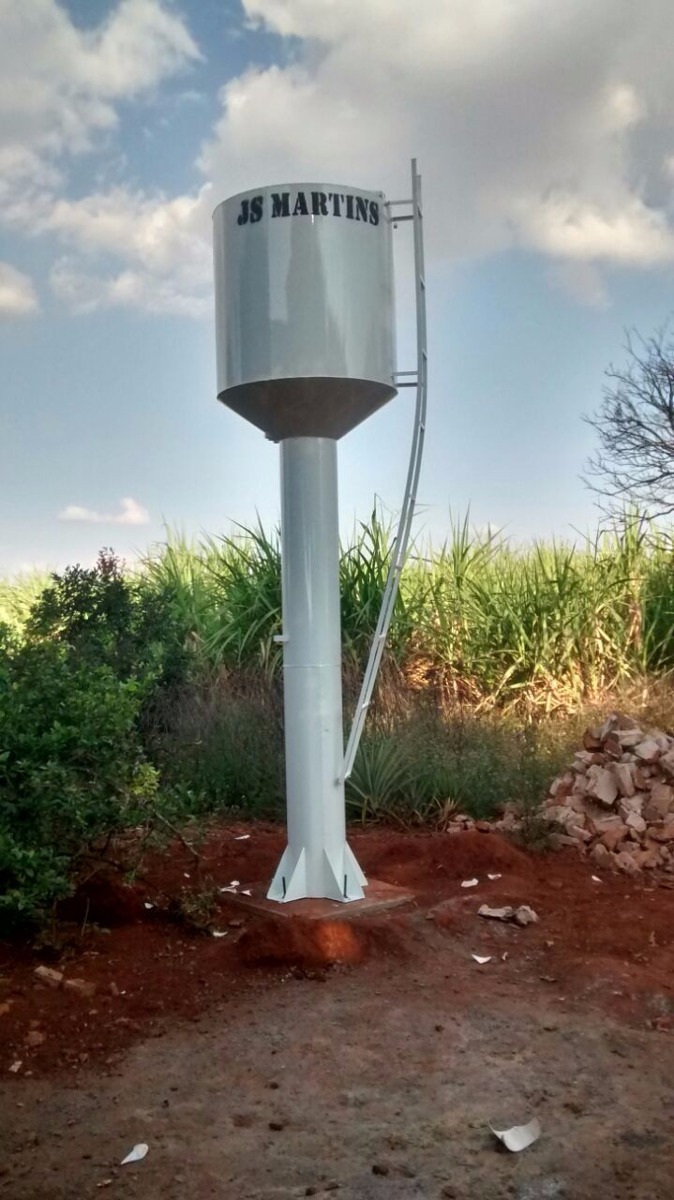The precise number of stages required for the separation further is decided by the overall column effectivity or stage efficiency, which in turn depends on operation conditions together with the mechanical design of the column internals. In basic, excessive stage effectivity requires high liquid move price on the tray to keep up a deep pool of liquid for lengthy contact time. High vapour velocity can additionally be essential to generate sufficient effervescent and excessive interfacial area for vapour-liquid contact, and so excessive stage efficiency as proven within the performance diagram in Figure 2.6. In contrast, low vapour and liquid circulate rates generally result in low efficiency as a outcome of quick contact time and weeping in circumstances corresponding to sieve tray. However, at high vapour velocity, small droplets of liquid can be carried up by vapour to the highest tray, inflicting adequate entrainment and even flooding, and much reduced stage efficiency. As well, excessive vapour circulate rate and reservatóRio TaçA deep liquid degree on the tray each result in high pressure drop for the vapour to flow by way of the tray.
Types of Trays in Distillation Columns
On the other hand, packings are used in decrease liquid price functions (less than 50 m3/m2-h), particularly when minimizing pressure drop within the column is desired. They present a great amount of floor space per unit quantity to facilitate the vapor-liquid mass switch. Unlike the stepwise contact in distillation trays, a packed mattress permits for steady contact between the vapor and the liquid on the surfaces of the packing. A tray column is for use to separate ethanol-water combination from an ethanol fermentation stream at 750 L/h with 20 vol% ethanol. The feed is to be launched to the column as subcooled liquid at 25°C. It is intended to use a single column to counterpoint ethanol to 80% by mole, and the molar focus of ethanol on the backside should be less than 1.0%.
(e) A reflux drum to hold the condensed vapor from the highest of the column so that liquid (reflux) may be recycled back to the column. The most generally applied trays in process industries are 1. Structured packing is formed from corrugated sheets of perforated embossed metallic or wire gauze. The result's a really open honeycomb structure with inclined flow channels giving a comparatively excessive floor area however with very low resistance to fuel circulate. It will take roughly two minutes to see the condensate moving in the reboiler (HX101) resulting to 15psig stress. Tank-Mart.Com is proud to be America's biggest supplier and distributor of plastic storage tanks, including low profile holding tanks, custom water storage tanks, and more.

 Tanques de agua de acero inoxidable
Tanques de agua de acero inoxidable Está hecho de una aleación de acero que ha sido tratada con un revestimiento de cromo para prevenir la corrosión. El precio del acero inoxidable es, no obstante, bastante alto, realizando que sea una opción menos práctica para muchas personas. Los tanques de fibra de vidrio son increíblemente durables y resistentes a la corrosión. No obstante, estos tanques son generalmente los mucho más caros de todos y necesitan cuidado regular para evitar la acumulación de sedimentos. Los tanques de plástico son ligeros y simples de transportar, lo que los hace idóneas para la instalación en zonas remotas. No obstante, el plástico es menos fuerte que el acero, por lo que puede no ser el material más adecuado para ciertas apps.
Tanque De Fibra De Vidrio Purikor 10 X 54 Capacidad 1.5 Ft3
Los tanques de agua se usan generalmente para almacenar agua bebible, y son una sección esencial del sistema de almacenamiento de agua para la vivienda. La elección del color del tanque de agua es una decisión esencial, ya que puede tener un gran encontronazo en el desempeño y la vida útil del tanque. Los materiales generalmente utilizados para los tanques de agua incluyen fibra de vidrio, acero, plástico y cemento. Dependiendo del material con el que estén hechos, el color óptimo para los tanques de agua puede variar. Por último, la fibra de vidrio es un material muy duradero que se puede usar para la construcción de tanques de almacenamiento de agua.
Tornillos Metálicos Coflex Para Tanque De Agua Taza Acero
Es un material ligero, resistente a la corrosión y no se ve perjudicado por los cambios de temperatura. Sin embargo, es un material muy caro y necesita una instalación cautelosa para evitar la corrosión. Como conclusión, hay varios materiales que se tienen la posibilidad de emplear para la construcción de tanques de almacenamiento de agua. El cemento reforzado con fibras, el preciso reforzado con acero, el plástico y la fibra de vidrio son los materiales más aconsejables para la construcción de un tanque de almacenaje de agua.
Tanque Elevado 100 M3 Agua Potable
Los tanques de agua de fibra de vidrio también son relativamente rápidos, lo que los hace fáciles de transportar y mover. Finalmente, el polietileno es un material plástico fuerte a la intemperie que se puede emplear para realizar tanques de agua. Esto es muy resistente a los daños ocasionados por la luz del sol y los elementos, y también es liviano y relativamente económico. Los tanques de almacenaje de agua pertenecen a los elementos mucho más importantes para la utilización del agua, así sea para uso familiar, industrial o agrícola. El material empleado para la construcción es un factor esencial para la seguridad, durabilidad y calidad de los tanques. Por lo tanto, es importante considerar cuidadosamente los diferentes materiales y sus especificaciones antes de elegir el más destacable para su uso. Consisten en una sola virola de planchas plegadas en "greca" de hasta 2,5 m de altura y 1 m de ancho.


